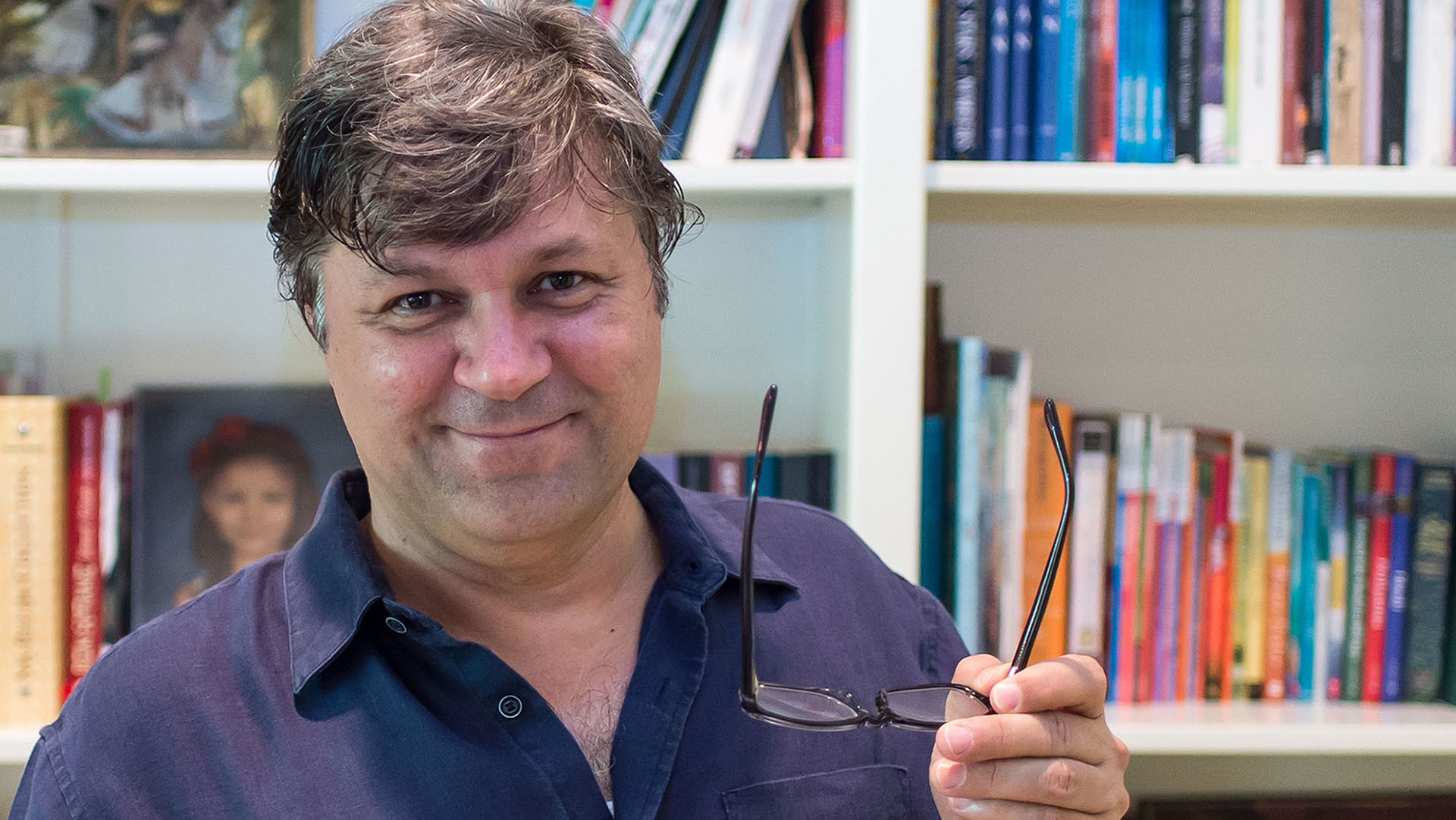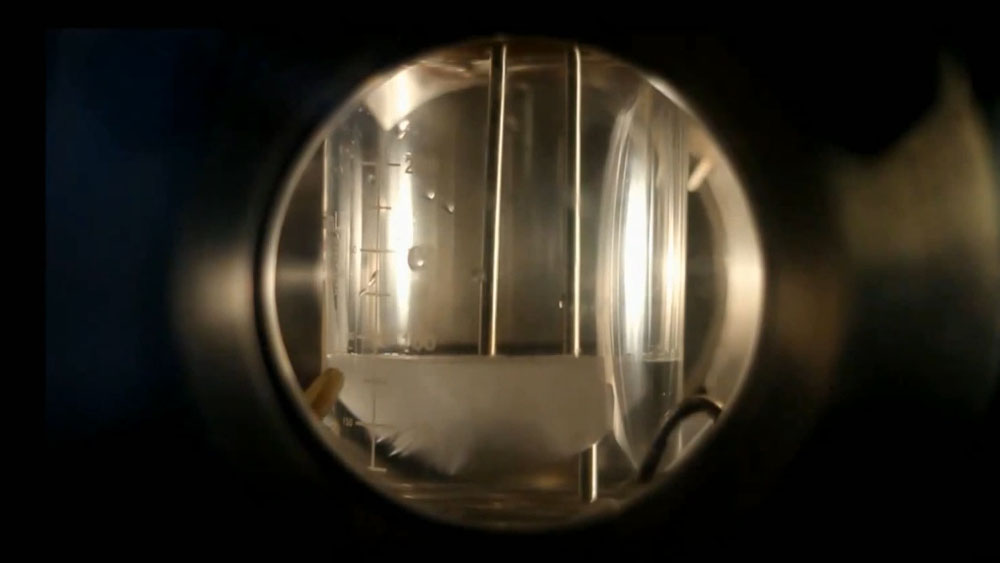
Natural gas hydrates are an abundant energy resource found in small permafrost areas in northern latitudes and vast subsea sediment deposits off the coasts of every continent. These subsea reservoirs could be a future resource for the world, but there are many technical and operational challenges involved in extracting methane from the hydrates.
Dr. I. Yucel Akkutlu, Rob L. Adams ’40 Professor in Petroleum Engineering, is participating in the gas hydrate research efforts at Texas A&M University. His work centers on the technical challenges, precisely why and how quickly hydrates melt and recrystallize, and under what conditions. His newfound discoveries are the key to developing better models of hydrate behavior, a critical step toward producing hydrates in a safe, economical and environmentally responsible way.
“Gas hydrates occur in nature when small gas molecules, such as biogenic methane, are trapped in the cavities among the water molecules and create solid ice-like crystals,” explains Akkutlu. “In appearance it’s like ice, but if you put a match on it, it would flame.”
Hydrate crystals are scattered among the rocks and sand particles present in vast subsea sediment deposits, making them difficult to mine. The most economical way to harvest the crystals is to melt them in place, allowing the methane gas and water to flow through the sediment toward a production well. Unfortunately, altering the chilled temperatures or high pressures in these locations can lead to unexpected hydrate recrystallization which could halt their production.
“When hydrates melt, the process of melting leads to a local temperature drop,” said Akkutlu. “This will lead to a reformation of the ice, or hydrates, and this will create a blockage to the fluids when we are trying to produce the fluid to the well. My role is to understand the crystallization, melting and recrystallization phenomena in a repetitive way.”

Akkutlu used a large refrigeration unit outfitted with high-pressure walls, instrumentation and a unique internal chamber to drop the temperature and build up the pressure so that water and methane molecules formed hydrate crystals in the sand under controlled conditions. By performing the freezing and re-freezing experiments repeatedly and comparing them with previous results, he was able to reveal critical patterns in the refreezing phenomena and find out why they occurred.
If the temperature was low when the hydrate crystals melted, microscopic residues of hydrates were left behind in the water phase. The remains consisted of clusters of hydrate cages called clathrates. These residual amounts of crystal pieces in the water then became the nucleus during hydrate recrystallization and accelerated the process when the temperature dropped again.
“This is known as the memory effect of water,” said Akkutlu. “Each time water melts, crystals melt, and the water is keeping a certain number of clusters randomly distributed in the water phase. They become the memory of the water during recrystallization. The memory effect influences the secondary hydrate formation significantly and in an unpredicted way that we call hysteresis.”
Akkutlu's research is part of a larger project led by assistant professor Dr. Jihoon Kim and funded by the U.S. Department of Energy (DOE). Within the project, Akkutlu is leading and managing his own work on recrystallization and the experiments conducted at the Lawrence Berkeley National Laboratory in California.
Akkutlu is using measured patterns in the memory effect of water to develop a new thermodynamic model for implementation in the flow simulators that predict methane production from the wells. The last stage of the project involves comparing the simulation results to data gathered in field tests done in South Korea by the Korean Institute of Geoscience and Mineral Resources and field tests already performed in Alaska by Conoco Phillips and the DOE.
“Off the shore of the Gulf of Mexico, we have hydrate deposits holding methane molecules sufficient to supply the energy of this country for the next several hundred years,” said Akkutlu. “Unlocking this energy resource will require first unlocking new physics and chemistry phenomena such as the memory of water leading to hysteresis in recrystallization. This makes hydrate research extremely challenging as well as exciting.”